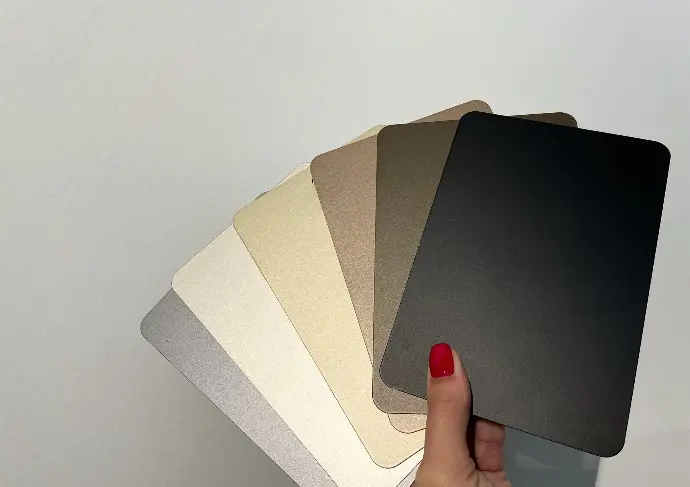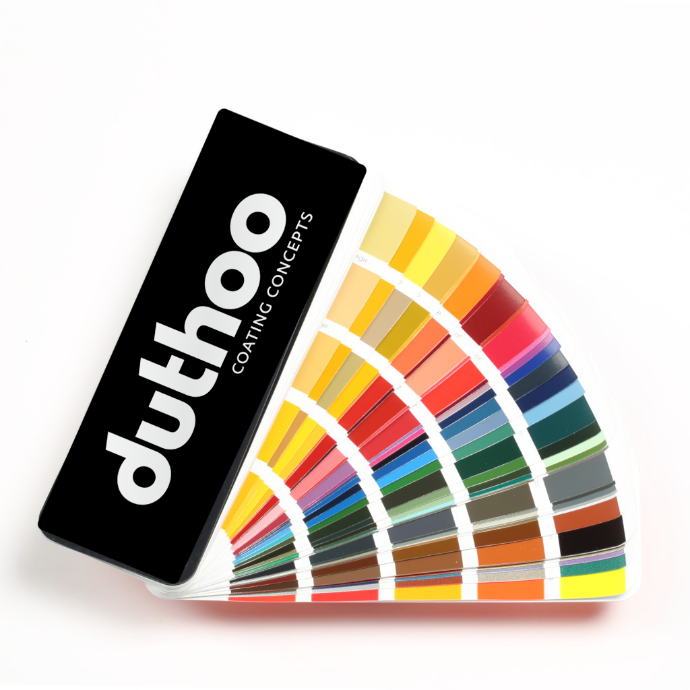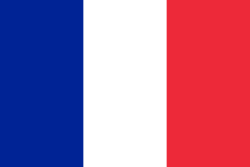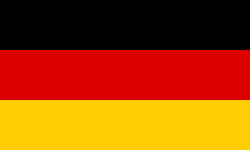Ordering the right paint system and a good understanding of color codes can make a big difference in the end result of a project. Whether it's a simple color or a more complex finish, the right knowledge and preparation will ensure that the desired look is precisely approximated.

Double the impact:
colors with that little extra
A 1-layer paint system is a type of finish where a single application gives the proper color and coverage, provided proper pretreatment with degreaser or primer. It works efficiently and cost-effectively, but the possibilities are sometimes limited. Indeed, more complex colors, containing many metallic effects, for example, cannot always be achieved with such a system.
This can be solved by using two coats, or a 2-layer system. In this process, two different types of paint complement each other to achieve a specific end result. The first layer is usually a base coat that provides the color. The second layer then usually provides the metallic effect as well as the proper gloss level. In this case, it is important to apply both the base and finishing coat. After all, without the finishing coat, the color will not come out fully and you miss the desired effect. In addition, the proper protection will then be missing.
An in-depth look at RAL, NCS and powder codes




